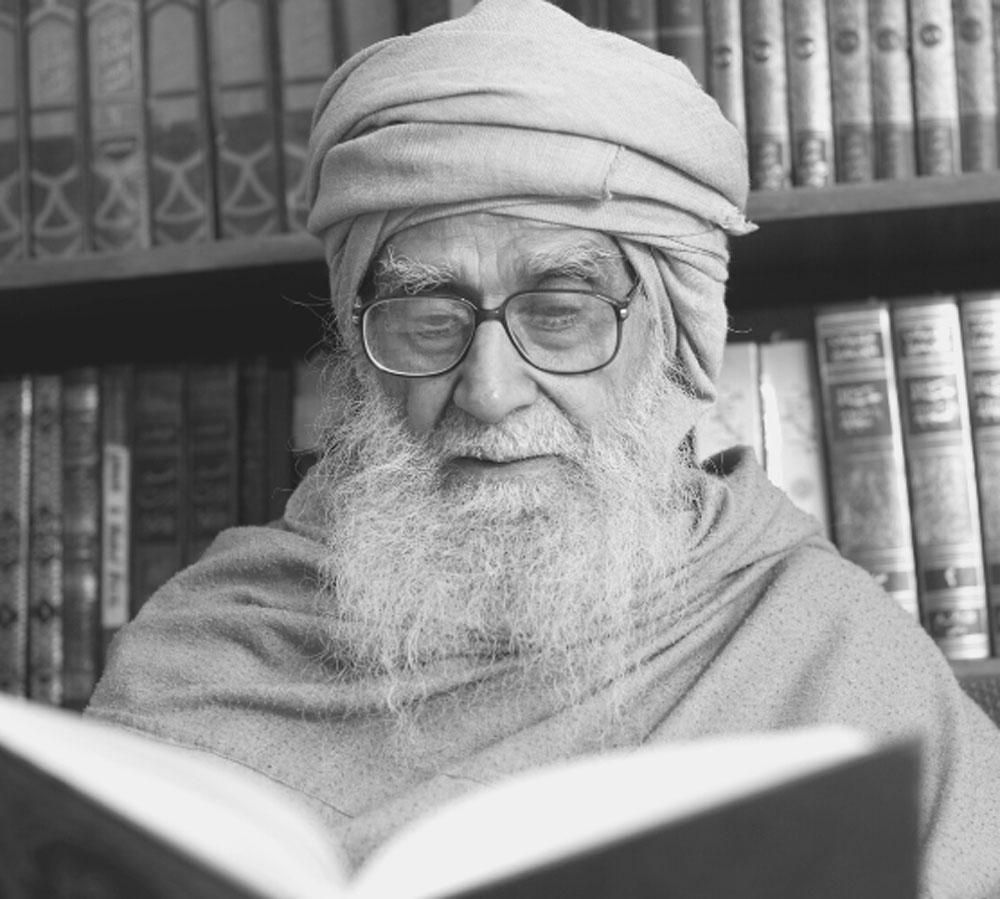THE MIGRATION OF
THE PROPHET
In the thirteenth year of his prophethood, the Prophet of Islam left Makkah and moved to Madinah. Some non-Muslim historians refer to this as a “flight,” but in Islamic history, it is called Hijrah (migration). This is not merely a matter of religious sentiment—it reflects the actual nature of the event. In most cases, such incidents would be described as flight, but it was the unique distinction of the Prophet of Islam that he transformed what would typically be considered an escape into a purposeful migration.
Usually, people who are forced to flee their homeland under difficult conditions are those who have led political movements against the ruling government, aiming to overthrow it and gain power. But the case of the Prophet of Islam was entirely different. He never sought to seize power. In fact, even when the people of Makkah offered him authority, he refused. He had come to give, not to take.
When the people of Makkah forced him to leave the city, he did not behave as others typically do. He did not launch a propaganda campaign against the people of Makkah from Madinah, nor did he plot political schemes against them. Even after settling in Madinah, he remained a well-wisher of the people of Makkah. He prayed for them and yearned that they would abandon the path leading to Hell and walk the path to Paradise. His concern was not for their land or wealth, but for their guidance and salvation. Even when the people of Makkah waged war against him, he made a peace treaty with them on one-sided terms.
The Prophet’s departure from Makkah to Madinah was, in fact, a sacrifice he made for the people of Makkah. Even while residing in Madinah, he continued to offer sacrifices for their sake. He turned an atmosphere of hostility into one of goodwill. He responded to enmity with benevolence. Where others might have reacted destructively, he created a constructive environment instead. It is this remarkable approach that makes his departure a migration rather than a flight.





